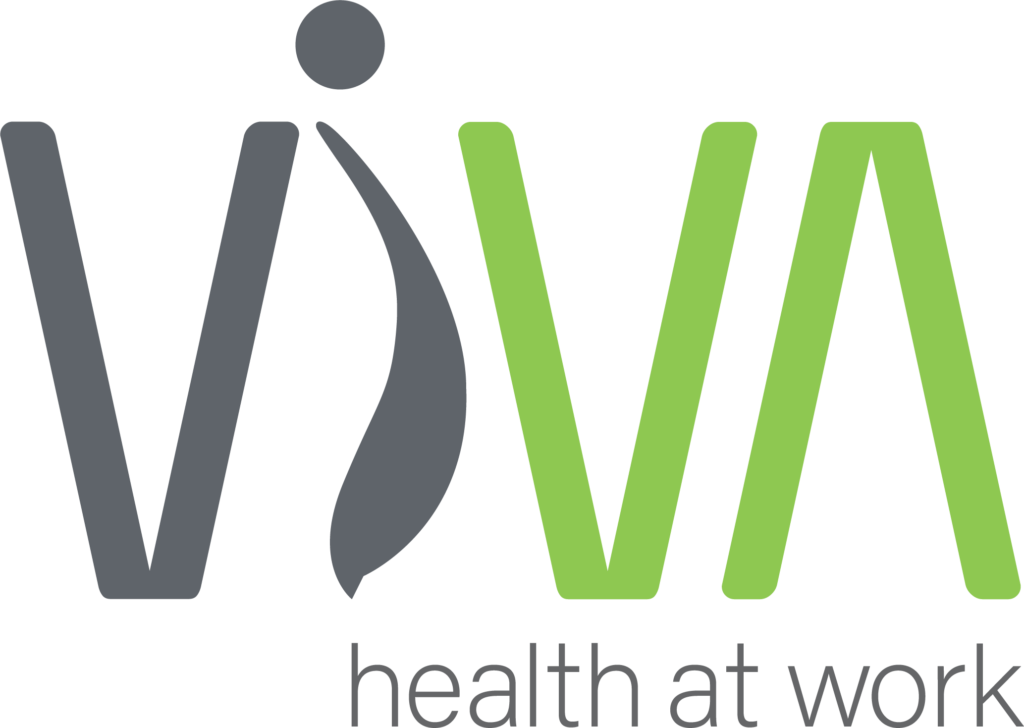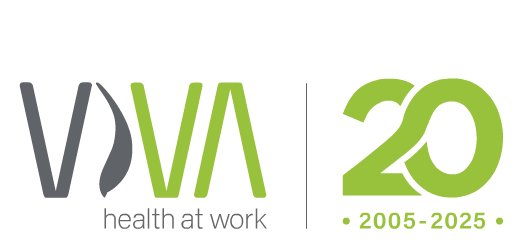SAFETY INVESTIGATIONS - ROADSIDE REMOVAL OF DECEASED ANIMALS
ViVA analysed roadside carcass removal, enhanced safety investigations, and recommended task improvements.
PROJECT LEAD
PROJECT TEAM
PARTNERED WITH
Software Solutions, ErgoAnalyst
Context
Government entities responsible for road safety routinely remove roadside animal carcasses to provide public safety, remove road hazards, support health and hygiene, and prevent disease transmission, odour, and contamination. Carcass removal preserves ecosystems, prevents scavenger traffic, maintains community well-being, ensures aesthetic value of the roads, and satisfies legal and regulatory compliance mandates.
Challenge
A government entity requested third-party, desktop review of their investigative findings on manual task risks and injury causation associated with removing roadside animal carcasses, like kangaroos.
Approach
The ViVA human factors team examined the organisation’s investigative reports and company data, synthesised scientific literature, and conducted manual task biomechanical risk assessments based on the available data. Additionally, they dissected the cognitive and psychosocial aspects of the job role of the workers who remove animal carcasses, and catalogued system factors using two contemporary resilience engineering and human factors systems review methods.
Outcomes
ViVA identified and quantified both acute and cumulative manual task risks by body part associated with roadside carcass removal. They identified system and job design factors that contributed to these risk factors, and made recommendations to enhance the organisation’s investigative reports and re-design of the task and equipment use.

